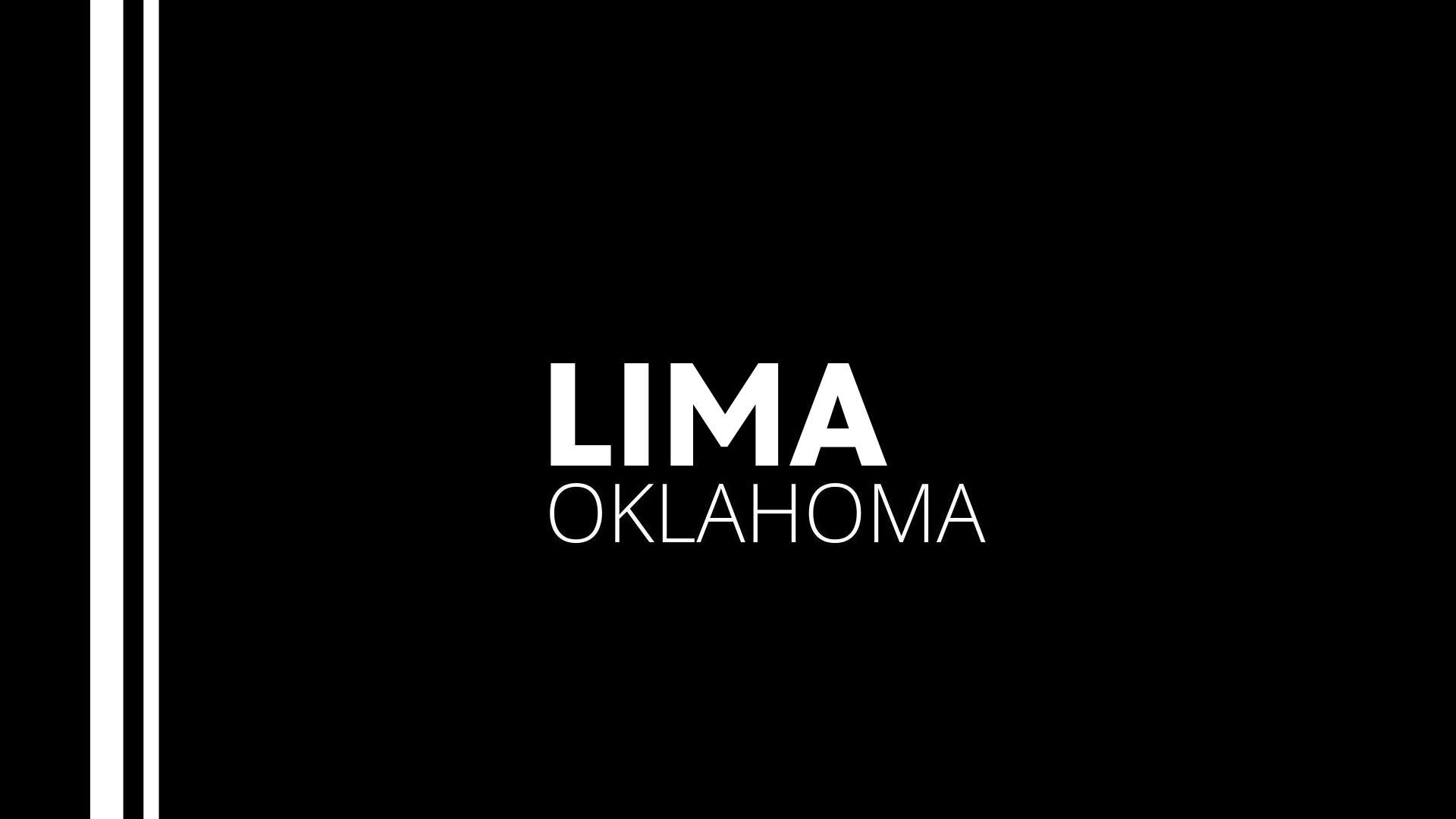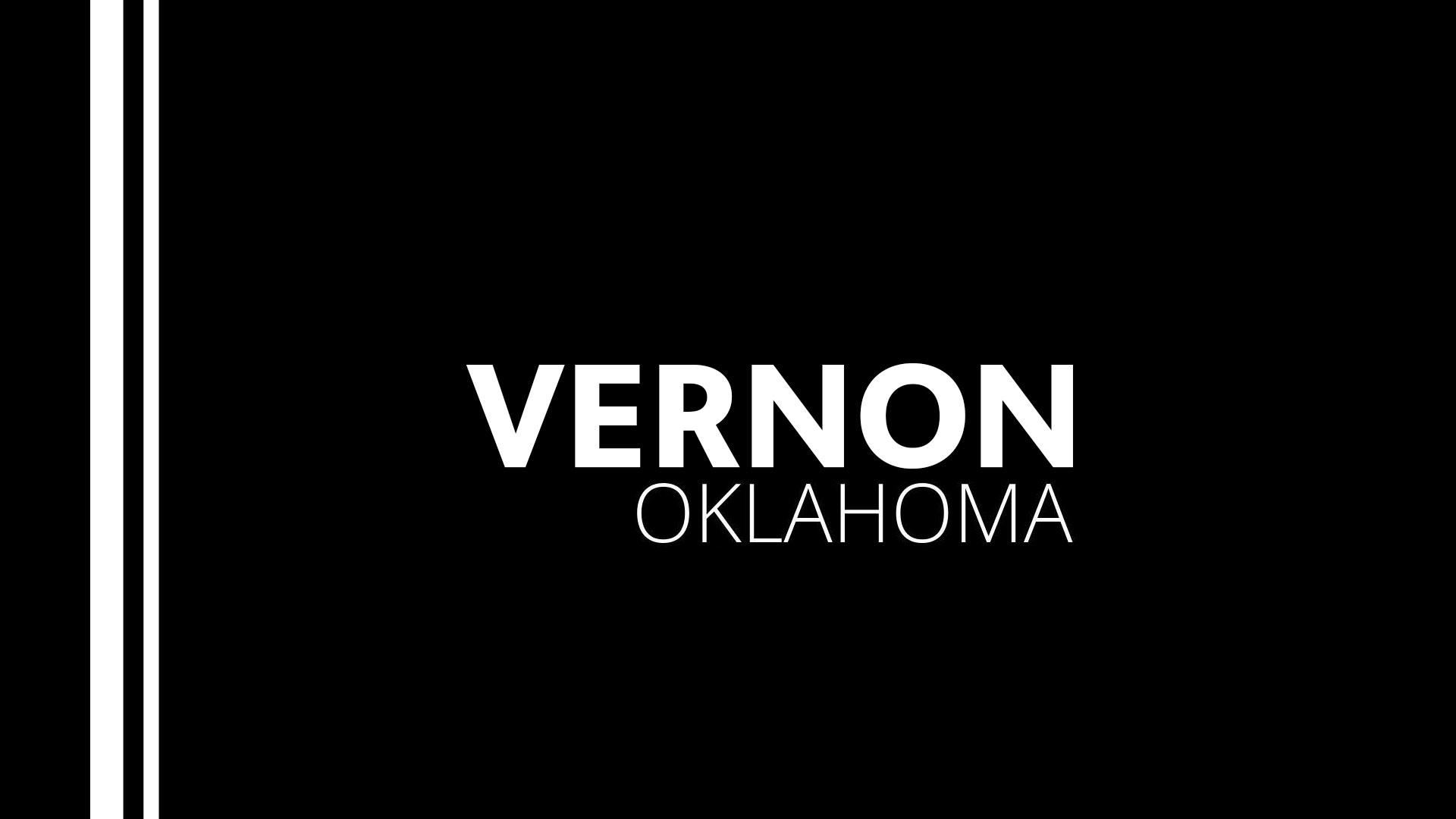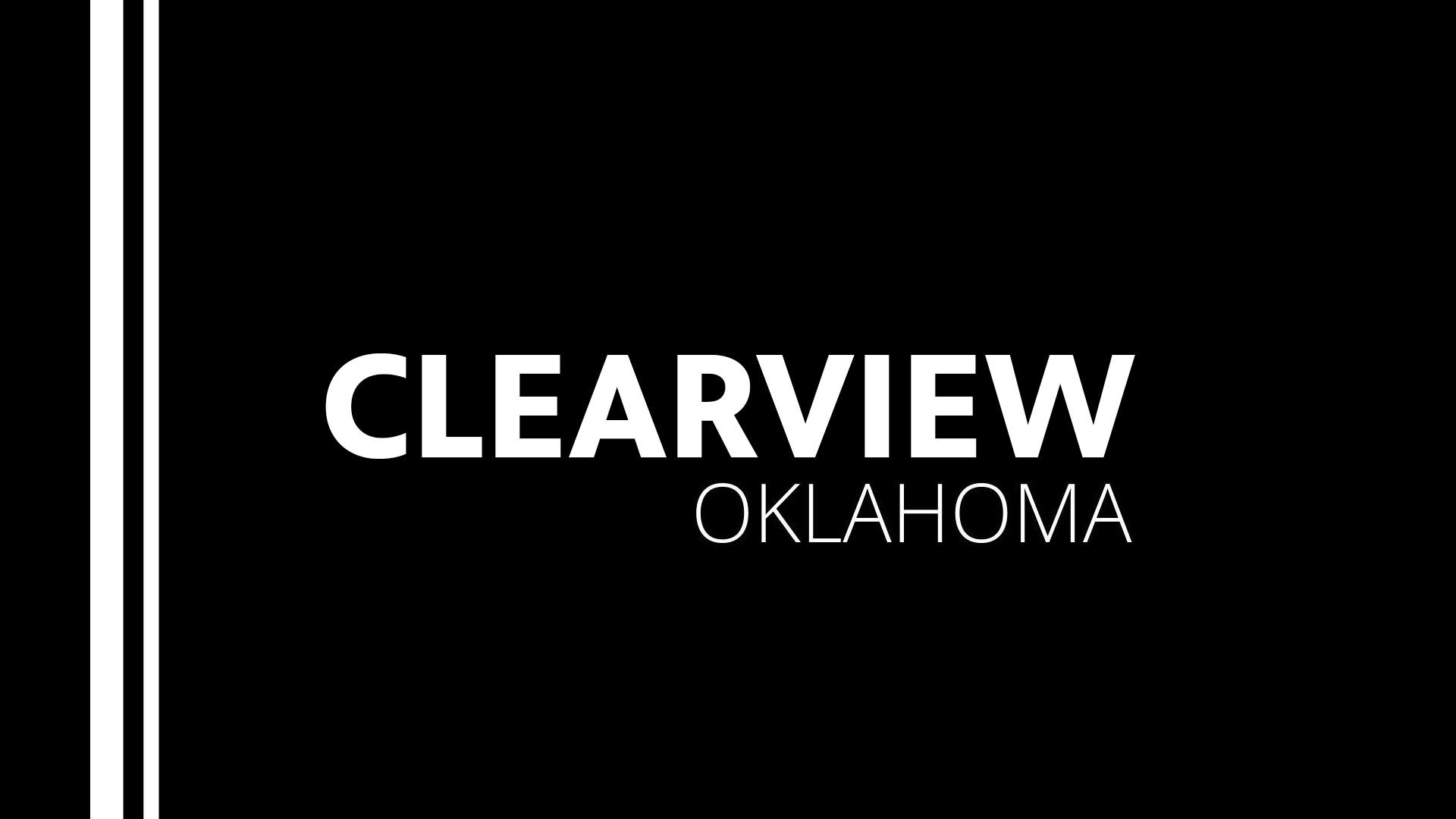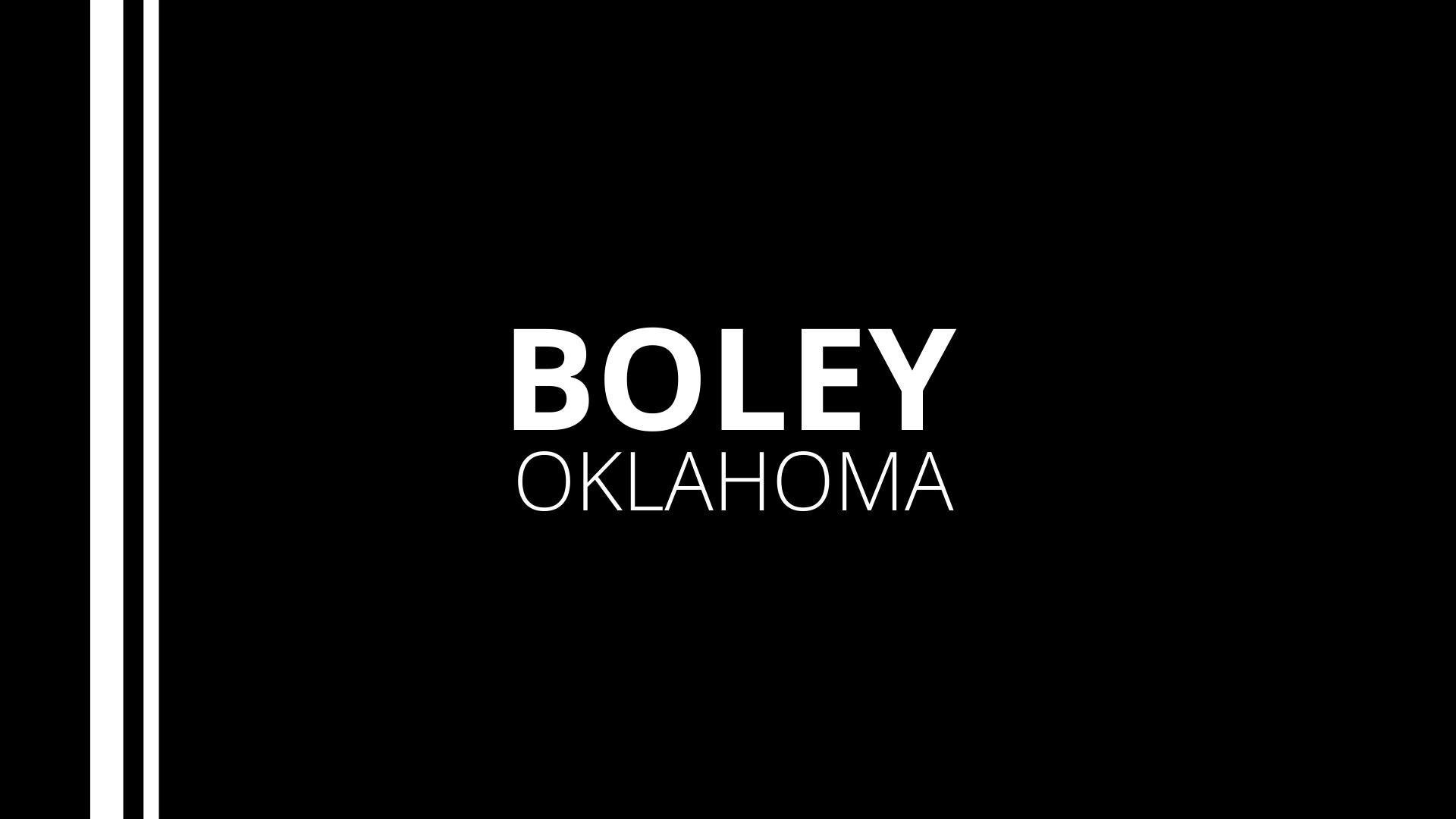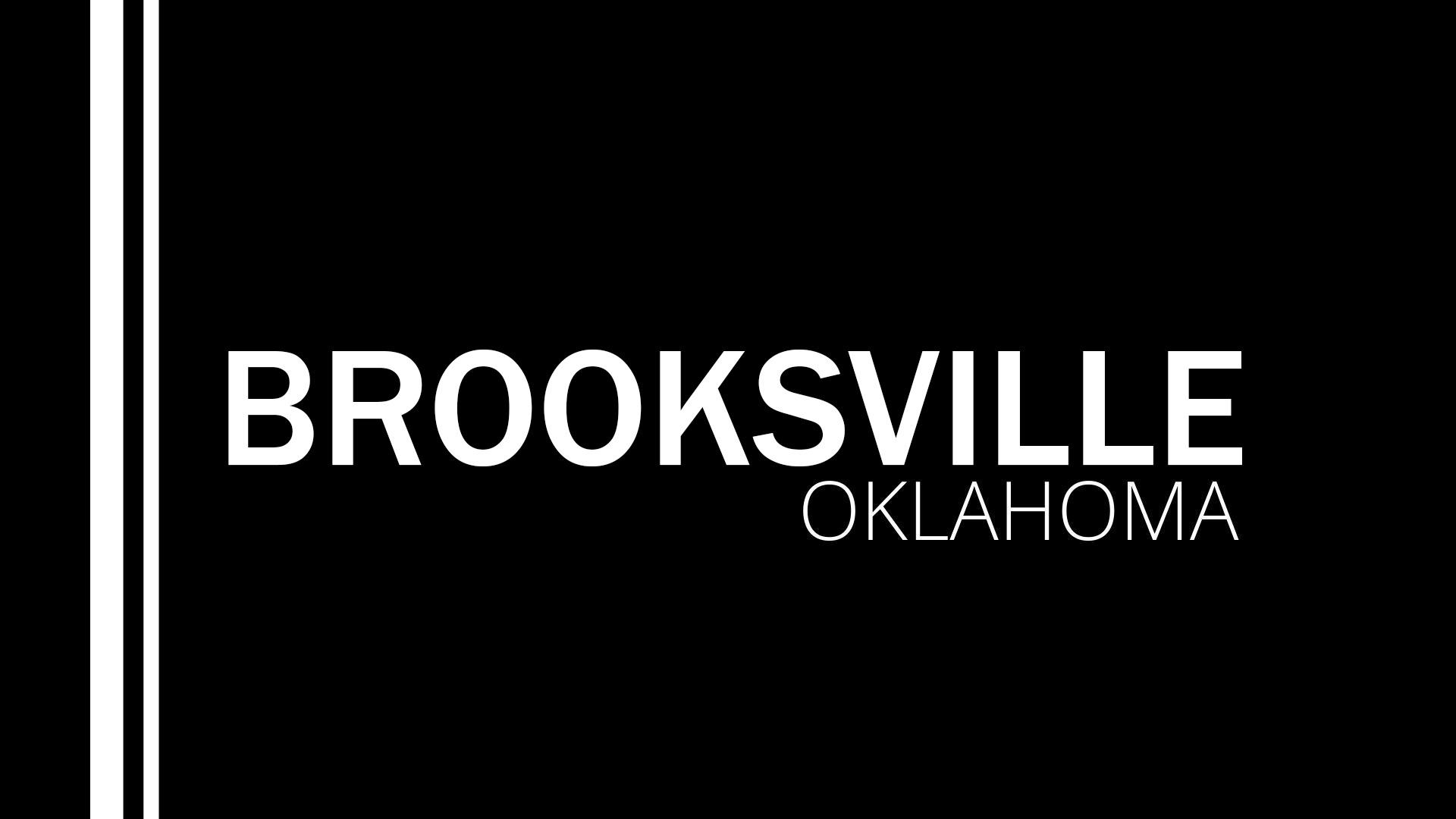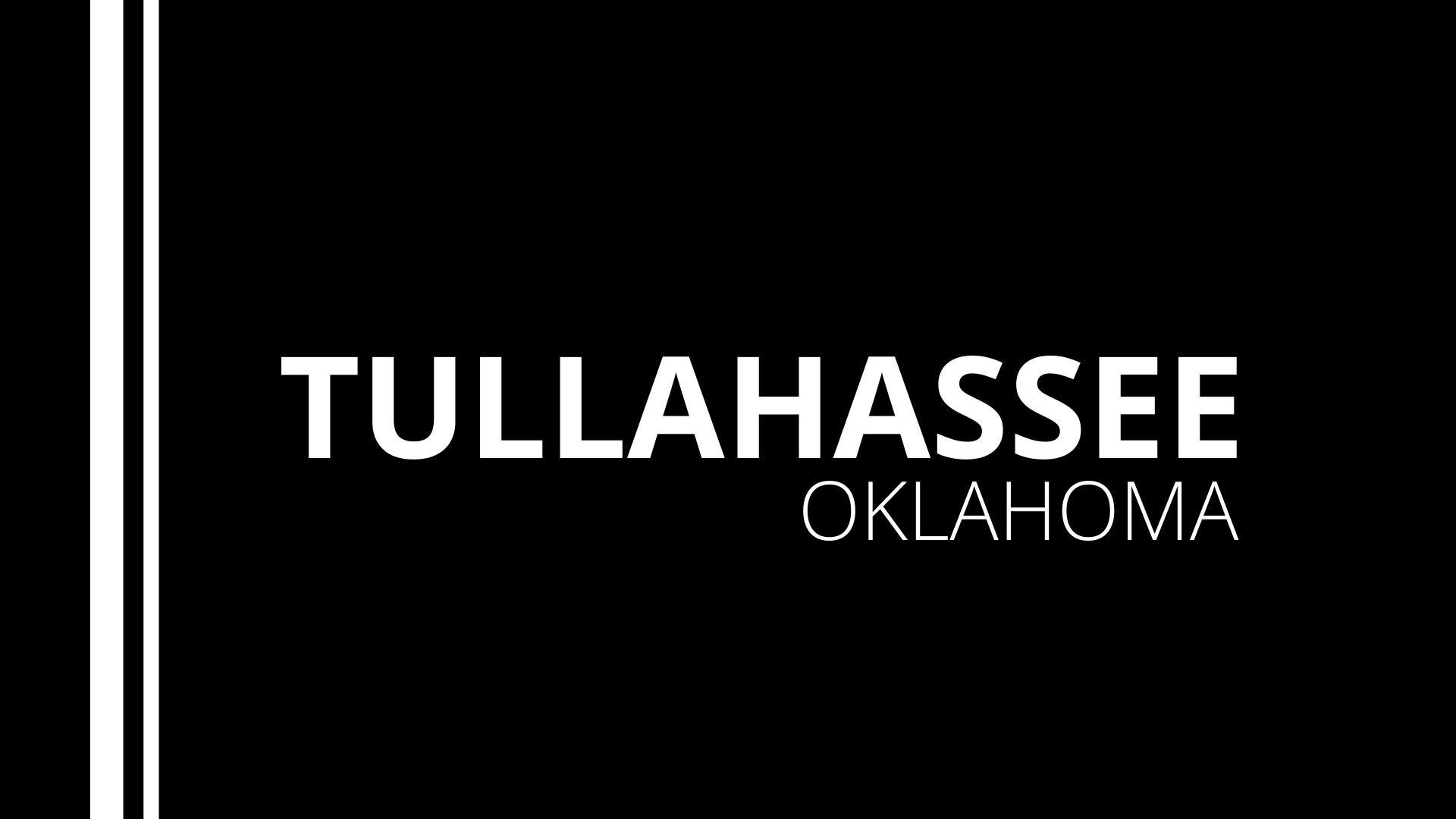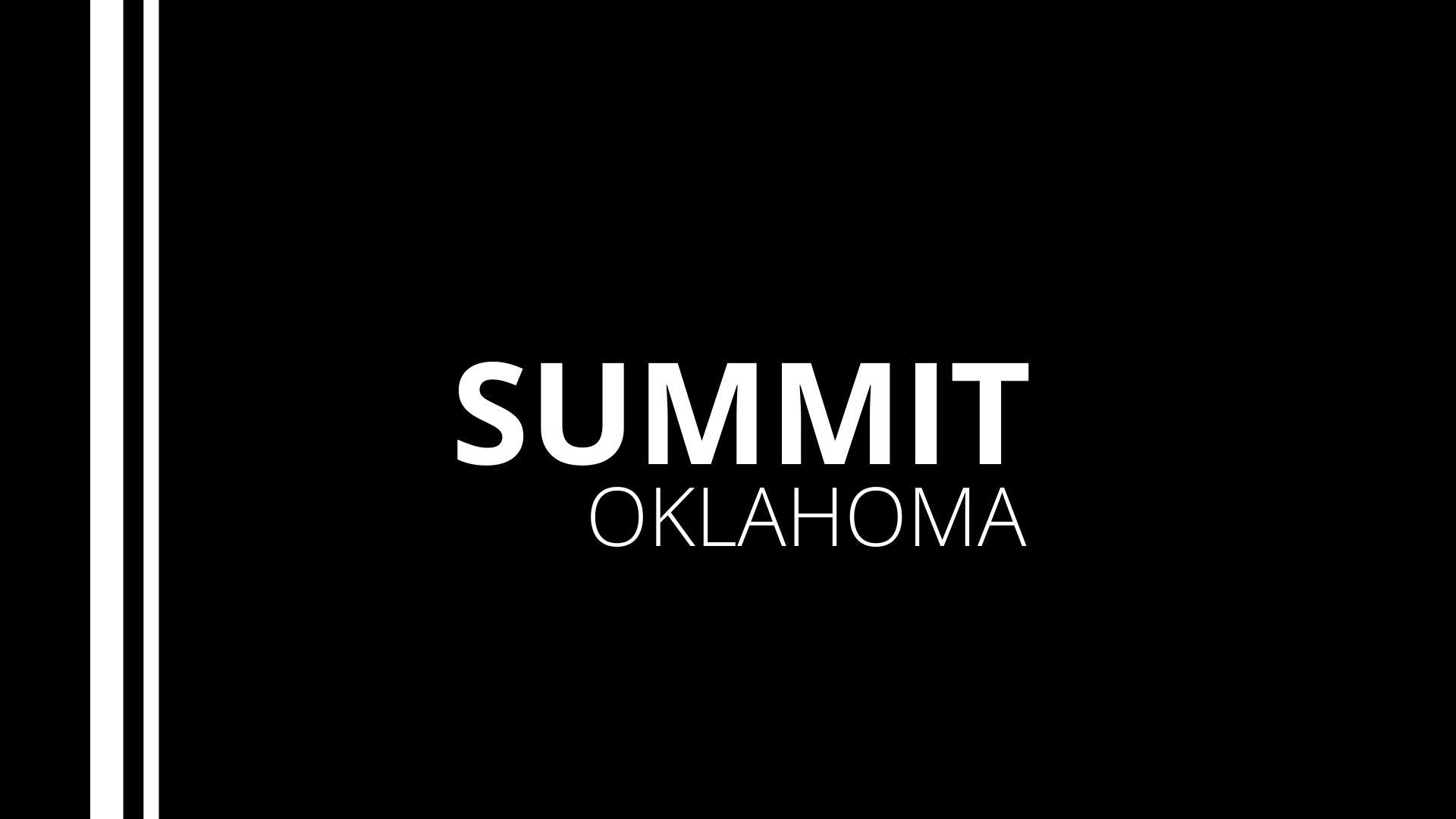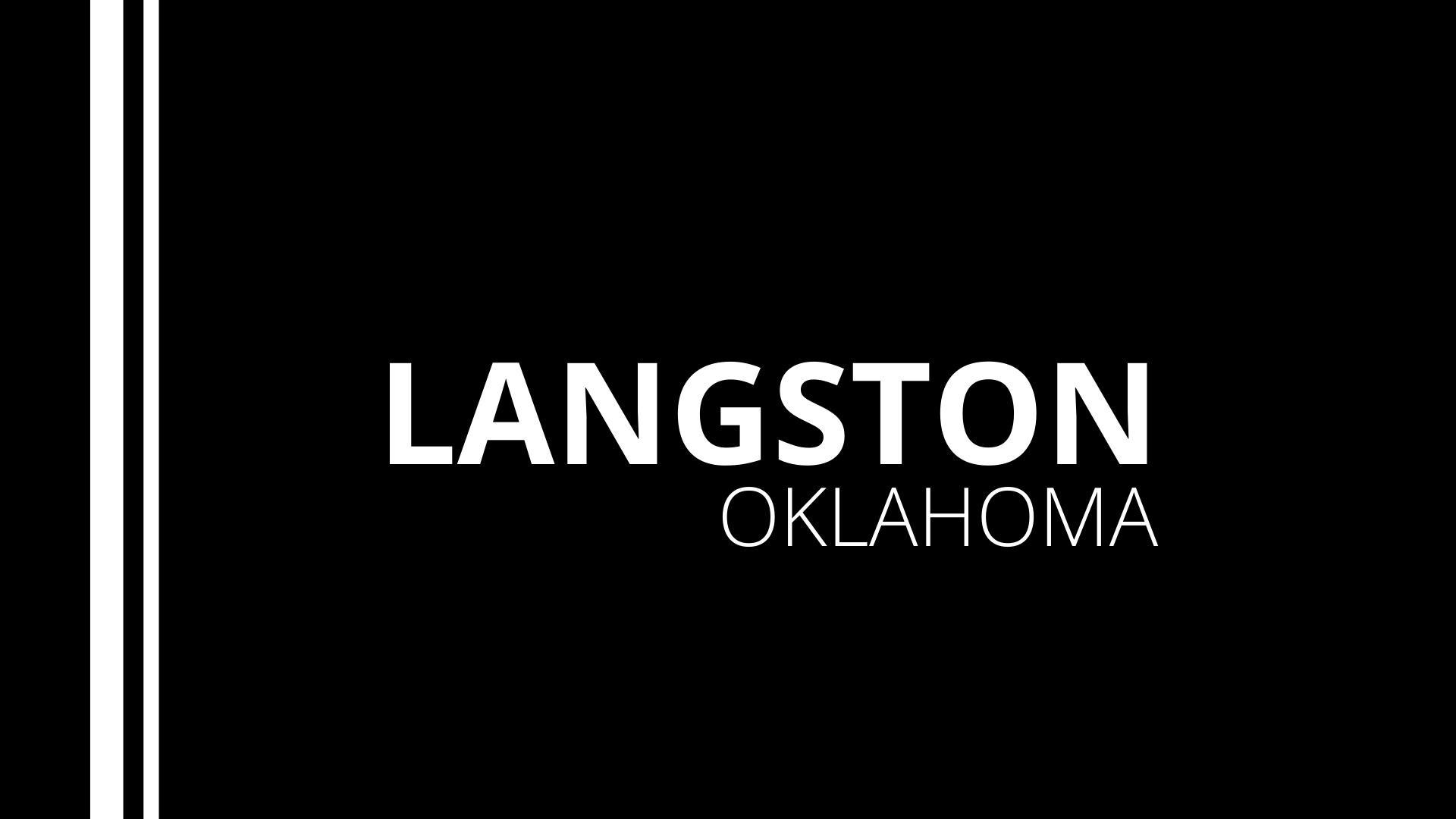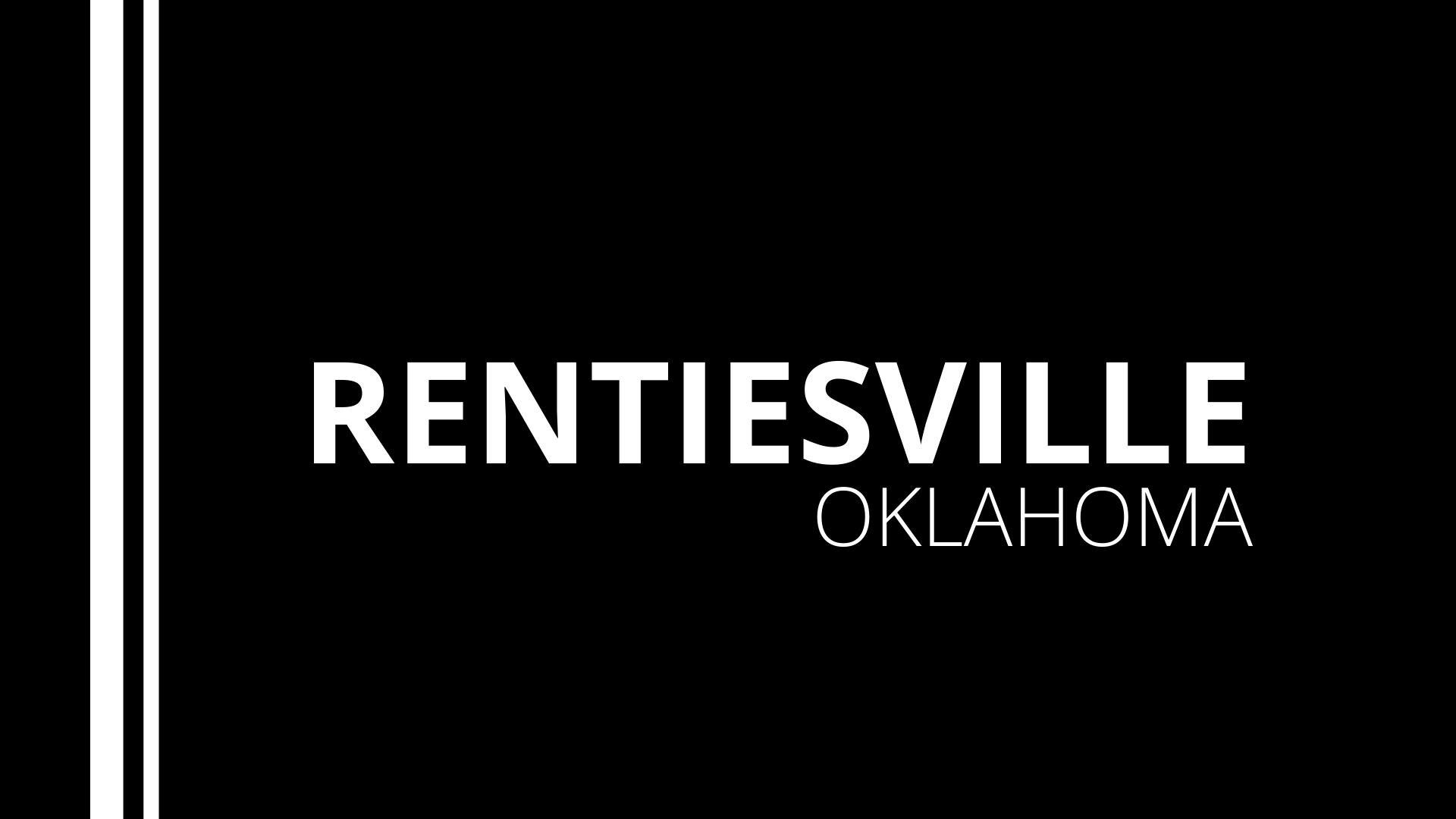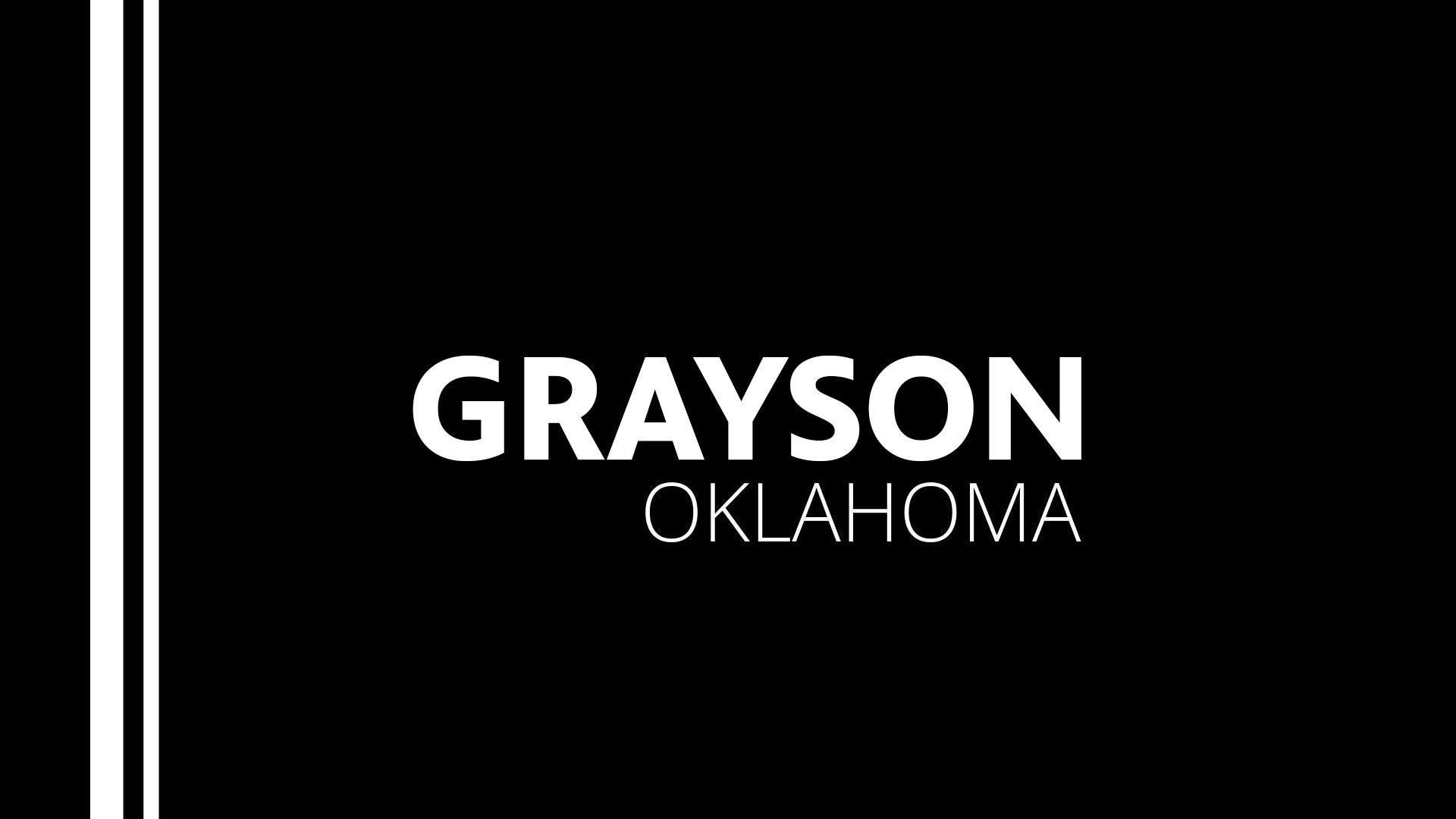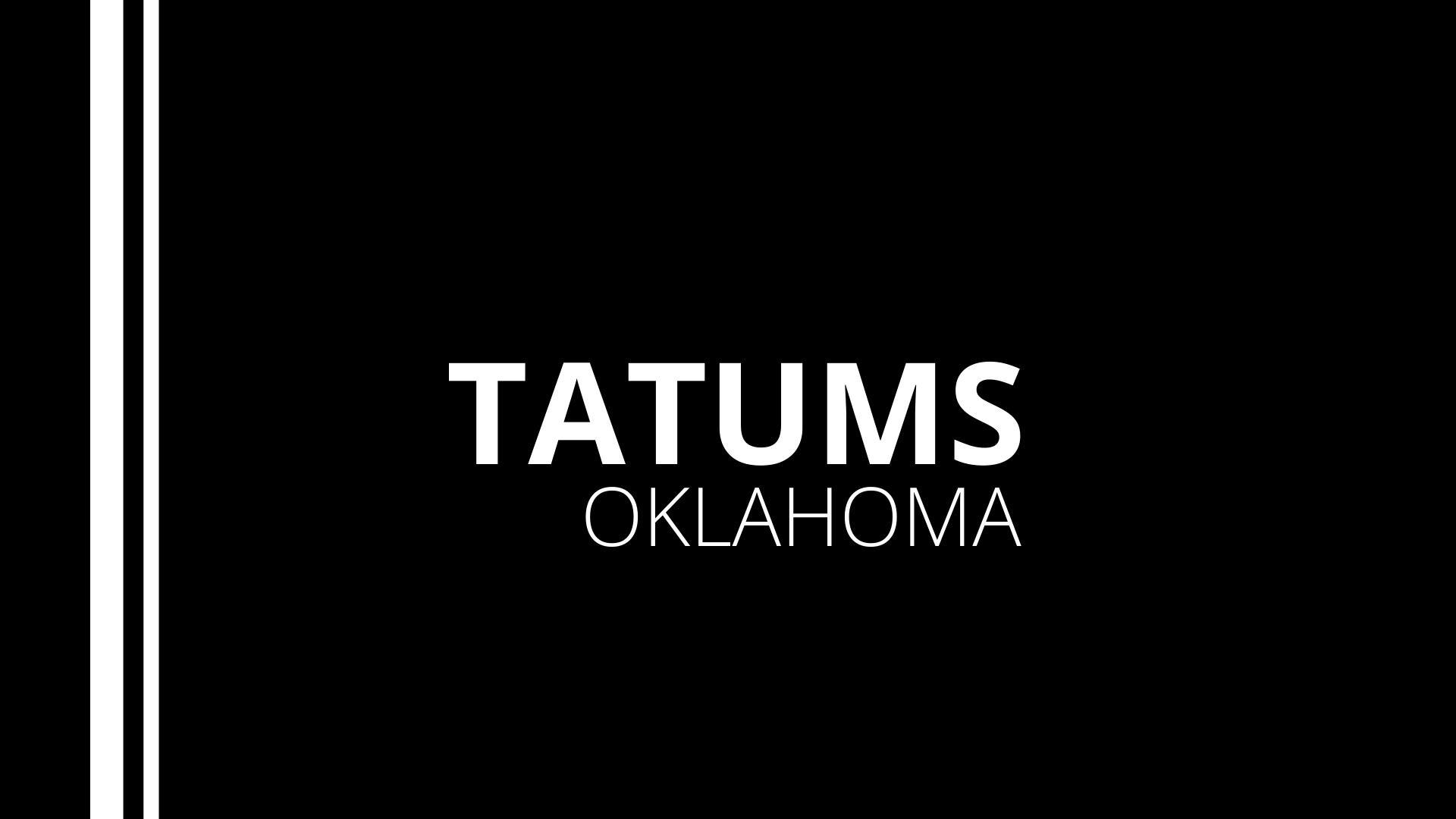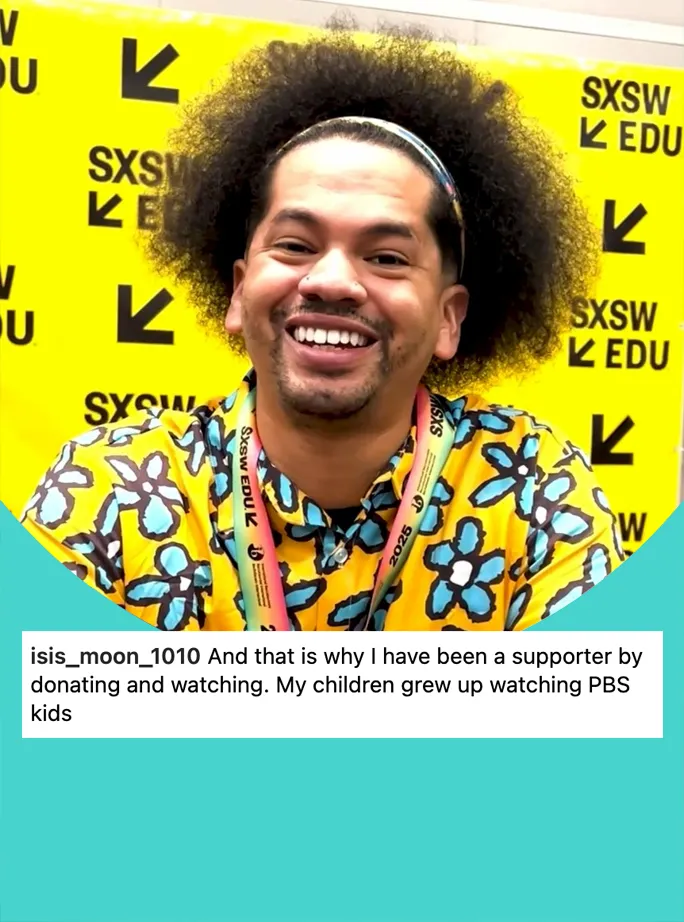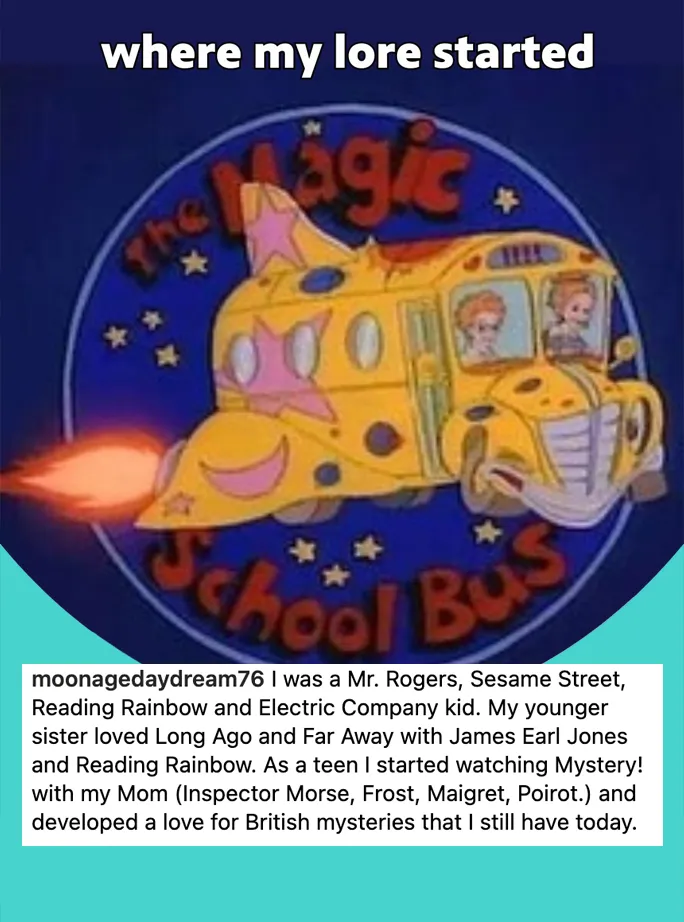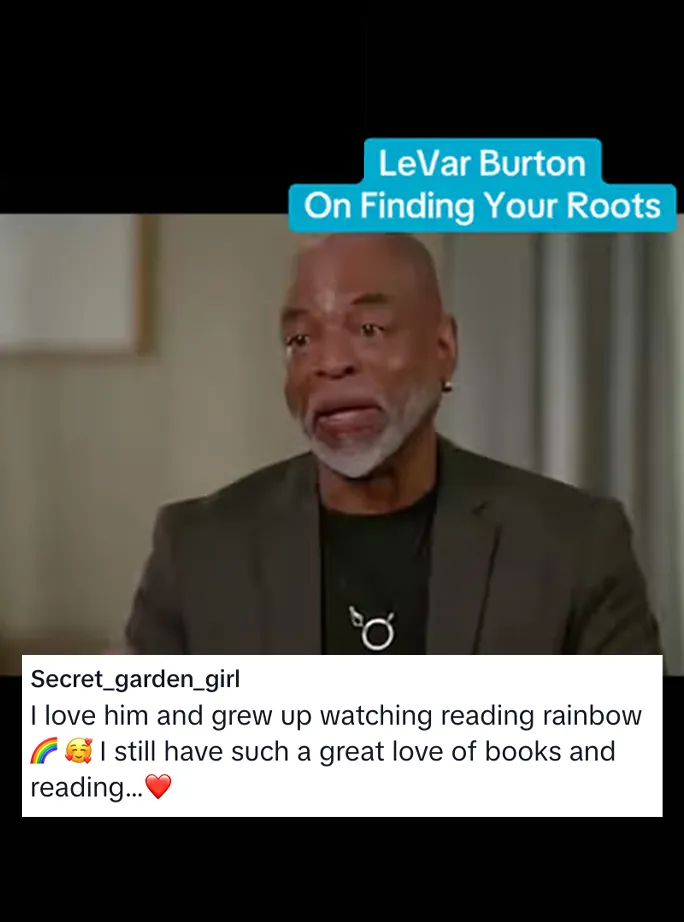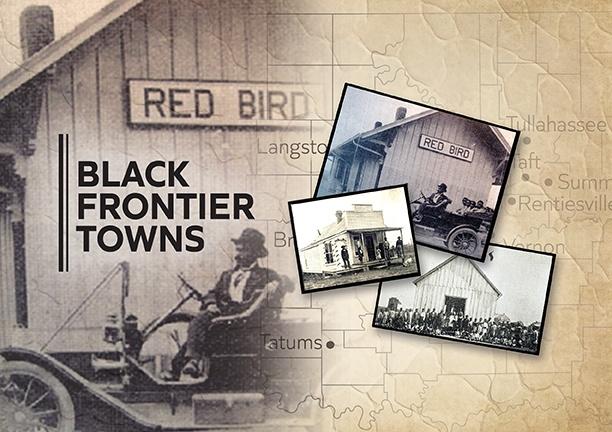The Black Frontier Towns of Oklahoma represent a significant chapter in African American history, showcasing Black settlers' resilience, entrepreneurship, and community-building efforts in the late 19th and early 20th centuries. These towns emerged during significant social and political change in the United States, marked by the end of Reconstruction, the expansion of Jim Crow laws, and the promise of land opportunities in the West.
Langston, one of Oklahoma's most illustrious Black frontier towns, was more than just a community. It was a beacon of education and empowerment. Established in 1890 and named after the influential African American leader John Mercer Langston, Langston University, one of the oldest HBCUs in the nation, played a pivotal role in shaping the future of Black students. It instilled a sense of pride and empowerment within the community, serving as a testament to the transformative power of education.
Boley, another remarkable Black town founded in 1903, was a shining example of Black economic empowerment and self-sufficiency. It swiftly grew into one of America's largest and most prosperous Black towns, boasting a thriving economy supported by Black-owned businesses, banks, schools, and social institutions. Boley’s success was not just a local phenomenon; it attracted national attention, symbolizing Black achievement and resilience.
Other Black frontier towns in Oklahoma include Clearview, Taft, and Rentiesville, each with its unique story and contributions to African American history. These towns provided refuge and opportunity for Black families seeking to escape racial discrimination and oppression in the South. They fostered a sense of community, solidarity, and cultural pride among residents.
Despite the daunting challenges of segregation, racial violence, and economic disparities, the Black frontier towns of Oklahoma stood strong. They were a testament to the resilience and determination of many Black communities during this period. Today, these towns stand as important landmarks and reminders of the African American journey toward freedom, equality, and empowerment in the United States, a testament to the strength of the human spirit.
You can explore more of Oklahoma’s rich Black history by visiting the OK History Center’s website.
This program is made possible by viewers like you. Support OETA today by becoming a member of this station.
Enjoy full episodes of your favorite OETA and PBS shows anytime, anywhere with the free PBS App.




